
BMW 5-Series Saloon (2010-2017) engines, drive and performance
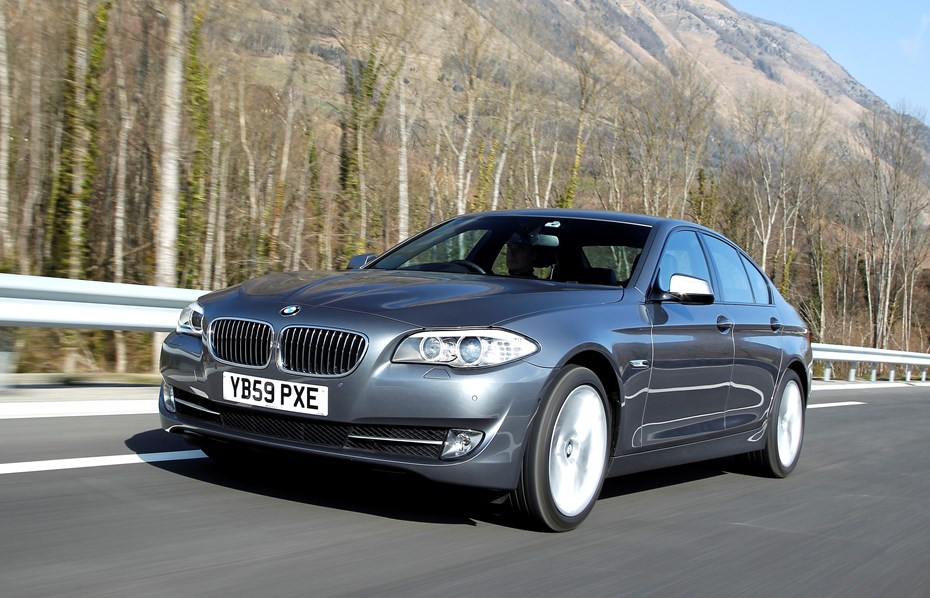
There’s a wide range of engines in the line-up – both petrol and diesel – and the good news is that every one is a joy to drive. Performance isn’t an issue for any BMW 5 Series, even in the lower powered cars.
BMW 5 Series (F10) diesel engines
The diesels are the most common and there’s good news for UK buyers – a surprising number of used BMW 5 Series diesels may be ULEZ compliant as Euro 6 was introduced as an option as early as 2012 and by 2014 much of the range met the new standard.
If you have an imported 5 Series it is possible to get a certificate of conformity direct from BMW to prove the emissions level it was designed to meet.
The starting point is the the entry level 2.0-litre diesel 520d. Despite the four-cylinder engine it’s by no means the poor relation in the line-up, and we think it offers the perfect blend of economy and pace for most drivers. It develops 184bhp and manages the 0-62mph sprint in a swift 8.1 seconds – the same as a Volkswagen Golf GTD – with plenty of in-gear pulling power for easy overtaking.
In 2014 the 518d joined the lineup, with the 520d’s engine detuned to 143hp in an attempt to keep CO2 low, but there’s very little benefit buying one used as most 520ds are already in the cheapest tax bands.
Used car buyers looking for the lowest running costs will appreciate an average economy figure of 57mpg, and CO2 emissions of just 132g/km keep it in a low VED band for such a large and capable car. This is helped by an automatic engine start/stop system – a first for this class of car – which cuts the engine when stopped at junctions or in traffic.
Next is the 525d which uses a straight-six 3.0-litre engine with 204bhp. It’s wonderfully smooth and enjoyable to drive plus it can accelerate from 0-62mph in 7.2 seconds.
For impressive diesel performance you want the the 530d. This uses the same engine as the 525d, but power is boosted to 245bhp. A 0-62mph time of just 6.3 seconds, yet with the ability to achieve 45mpg, underlines why diesel models dominated sales for so long. It has huge reserves of pulling power and is incredibly responsive, yet at motorway speeds the engine is refined and quiet.
BMW 5 Series (F10) petrol engines
The 523i and the 528i use the same 3.0-litre engine but with differing power outputs of 204bhp and 258bhp respectively. However, the star of the petrol range is the excellent 535i. This uses a unique 3.0-litre engine that’s fitted with a clever twin-scroll turbocharger, boosting power to 306bhp and giving it a 0-62mph time of just 6.0 seconds. It doesn’t feel quite as muscular or as effortless as the 530d, but there’s no denying its sheer pace and ability to deliver superb acceleration across the rev range.
It’s a real feelgood engine when pushed, yet at lower speeds is docile and smooth, offering the best of both worlds. Economy of 33mpg isn’t bad either considering the power it offers.
The top engine is in the hefty 550i, which comes with a turbocharged 4.4-litre V8 delivering a maximum of 407bhp. It has plenty of character yet is still refined, and will effortlessly accelerate from 0-62mph in a mere 5.0 seconds. As a used buy the 550i is rare, and the N63 V8 is prone to issues with valve seals, cooling system and timing chains on top of the usual wear and tear items.
A new eight speed automatic gearbox is available as an optional extra on all models (it’s standard on the 550i) and it delivers super fast and smooth shifts. It’s incredibly responsive too and never needs to be forced to kick down. A further option is a sport automatic which adds steering wheel paddle shifts. The 295bhp 535d was introduced in September 2010 and that accelerates from 0-62mph in 5.7 seconds with a massive peak torque of 600Nm for prodigious amounts of low-end pulling power.
BMW 5 Series (F10) ActiveHybrid
Launched in 2012, the BMW 5 Series ActiveHybrid uses a 3.0-litre petrol straight six engine paired with an in-gearbox motor and a small 1.35kWh battery. It offers improved economy and lower VED, but the main benefit is a boost in overall power to 335bhp with a smooth electric-only mode (under 37mph for a couple of miles). It’s well suited to congested city traffic and has some fuel-saving tricks for long motorway runs as well, but the battery reduces boot space to that of a small hatchback and a 535d is quicker, more economical and simpler to maintain.
BMW 5 Series ride and handling
The previous 5 Series was often criticised for its overly firm ride, but this model addressed those issues with ride quality worthy of a luxury saloon. In fact the ride is so smooth that it’s often easy to think you’re travelling in the larger 7 Series. But this is in no way at the detriment of BMW 5 Series handling and the car feels immensely agile with incredible grip and poise in corners.
Its long wheelbase and short overhangs mean it’s incredibly flat in corners and even higher speed driving feels composed and relaxed. The one very minor criticism is that the steering lacks some of the feel of the previous model, but this is rarely noticeable in everyday driving.
A system called Drive Dynamic Control (or DDC for short) was available as an optional extra. It allows you to fine tune the ride and handling further with a choice of normal, comfort, sport and sport+ settings.


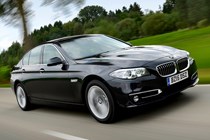
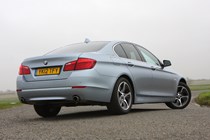
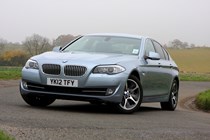
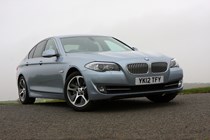
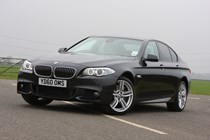
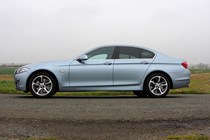
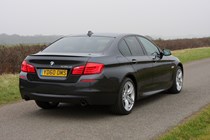
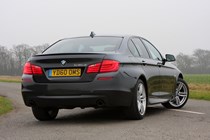
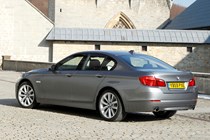
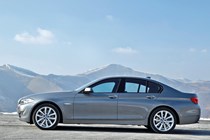
.jpg)
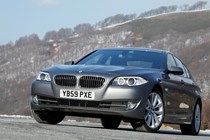
.jpg)
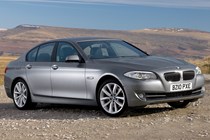
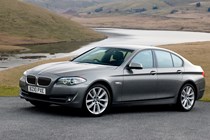

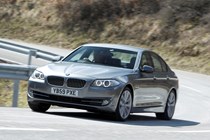

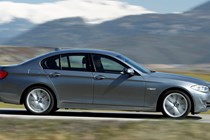

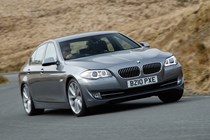
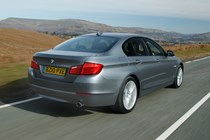
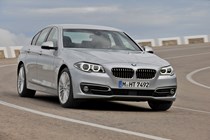
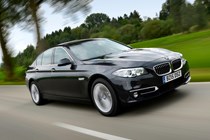
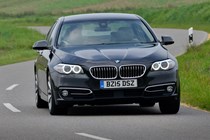
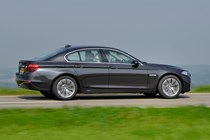
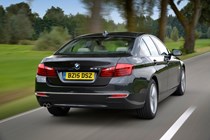

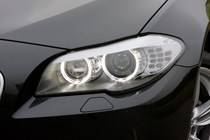
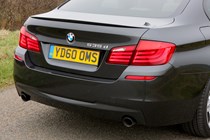
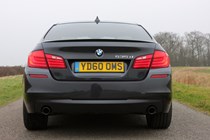
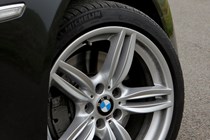
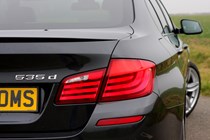

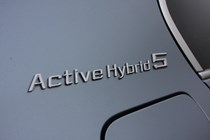

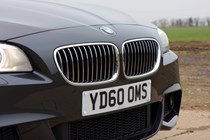
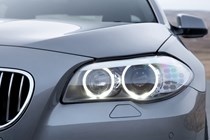
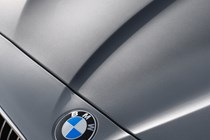

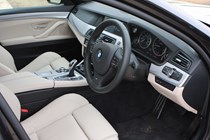
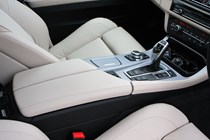
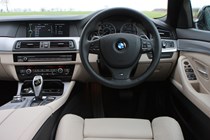
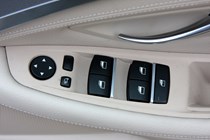
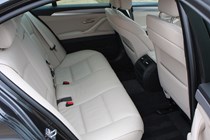
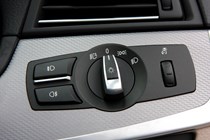
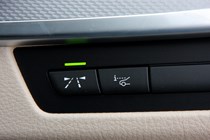
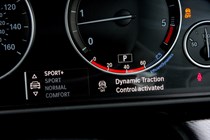
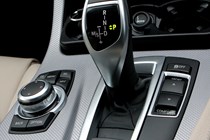
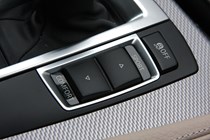
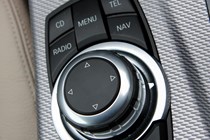
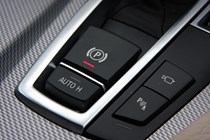
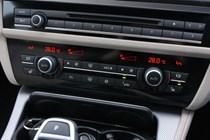
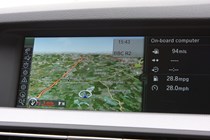
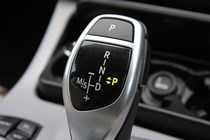
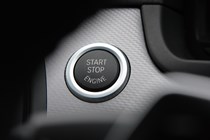
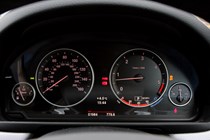
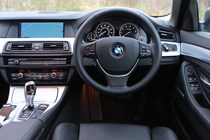
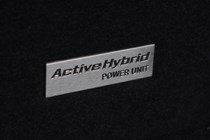

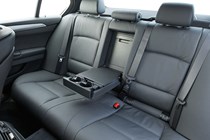
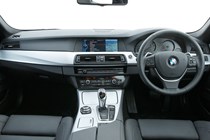
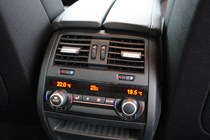
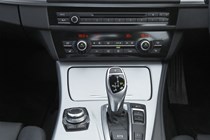

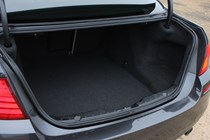
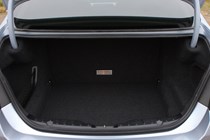

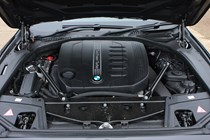

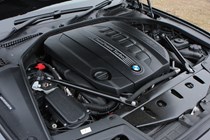
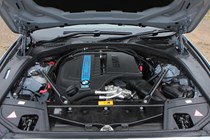
.jpg)
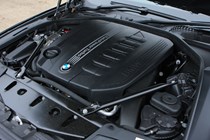
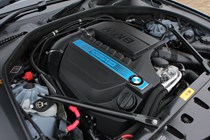










.jpg?quality=50)

.jpg?quality=50)



























































.jpg?quality=50)

